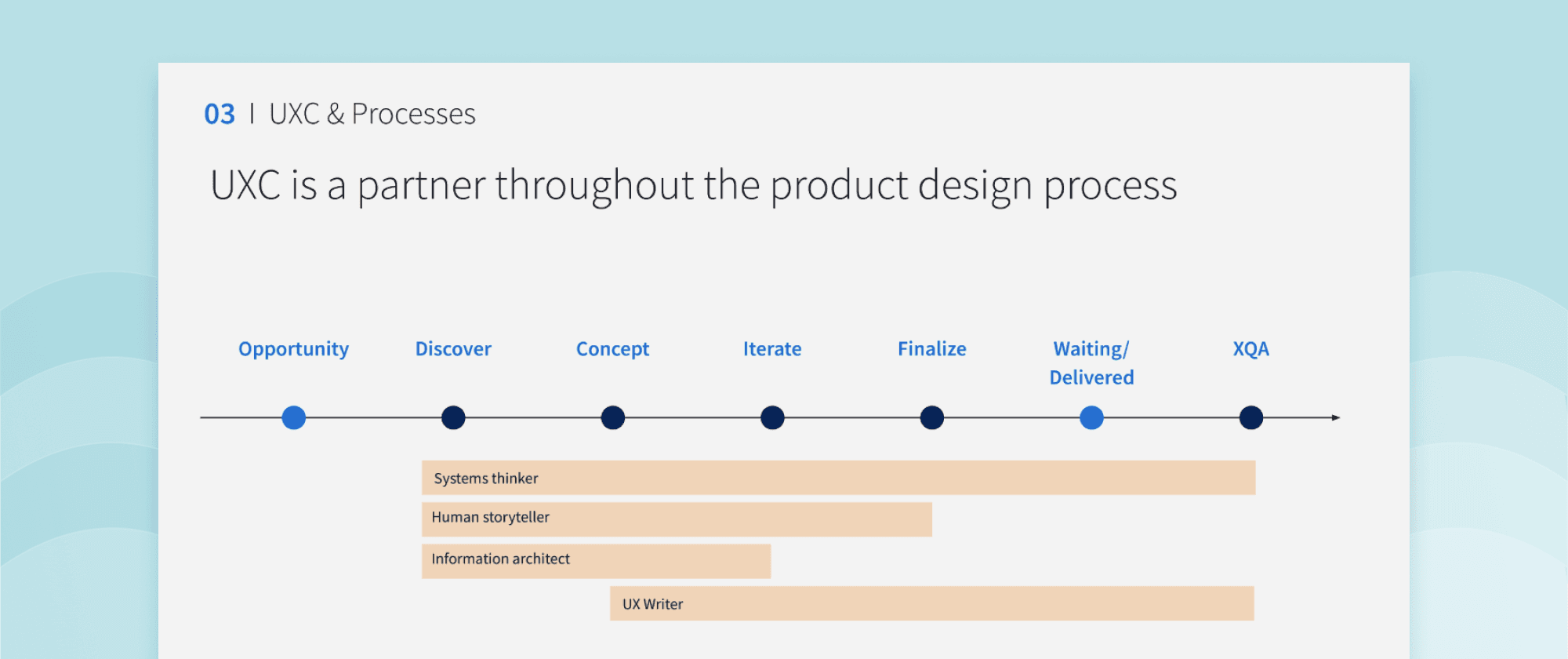
I established the design team at StreetEasy as a high-performing, cross-functional strategic partner. And I taught the business how to get the most out of design as a business function.

Grew team from 1-8

Supercharged design's impact

Created processes & standards

Developed UX research practice

Added content design practice
Product Design
UX Research
Content Design
Hiring
Coaching
Career Development
Leveling
Design System
Design Standards
Cross-funciotonal Collaboration
Performance Management
Goal Setting
Redefining Design at StreetEasy
Getting Up to Speed Quickly
I arrived at StreetEasy (Zillow’s NYC brand) after a period of extended transition for Design. Turnover was high and Design was seen as a visual renderer of prescribed requirements.
I immediately got to work hiring for several open roles including StreetEasy’s first UX Researcher. At the same time, I began building relationships and getting to know the product and complex multi-side marketplace business. There was one remaining designer when I started. I eventually grew the team to 8.
Building Relationships, Socializing a Vision
I learned what was important to senior leaders and my peers as a foundation for creating shared wins in the future. This was also an opportunity to begin sharing an ambitious vision for the impact that the new design team would create. I knew that to succeed, the team would have to emphasize strong critical thinking and EQ in addition to design craft.
Hiring and Operationalizing a New Team
After hiring 2 product designers, a senior product designer and a UX researcher, I led a collaborative process for creating a new set of processes to help the team deliver quality efficiently. The new design process was expressed in 3 docs that describe:
the high-level process
how design operates within the product development cycle
how the process is applied to a specific project
To address the design process, I had to create a more accurate representation of the existing product development process. I led my peer leaders in product, engineering and PMO crafting new process. This allowed me to create space and set expectations for high-value contributions by Design and align with leaders on their pain points to improve the process. The result was a much improved product development process that was fully adopted by the company.
Minimizing Meeting Time for Maximum Impact
It’s important to minimize task switching and create space for team members to focus on their work. So I carefully established and a set of meetings that provided the right amount of context, visibility, coordination and accountability while minimizing distraction for the team.
All meetings should have an explicit purpose. And if the purpose has been or can't be met, participants should reclaim their time. Recurring meeting should be assessed frequently and their cadence adjusted
Team Meetings
Weekly team meeting
Bi-weekly Standup
Weekly XD Critique
External Meetings
Design share monthly
Product & Design Review
Discovery Reviews
Office Hours (UXC, UXR, A11y, etc.)
Individual Meetings
Weekly 1:1s
Quarterly Pro Dev Sessions
Informal Performance Checkins
Changing the Perception of Design's Role
An early top priority for me was to change how design was seen and therefore utilized by the business. I set lofty expectations in my early conversations with leaders, so it was important that I quickly deliver on those promises. I approached this in the of ways:
Workshop Facilitation
We established the StreetEasy Workshop Playbook, and ran effective workshops with partners and leaders. Other teams began seeking our support in running their own workshops.
Targeted Hiring
I targeted EQ and critical thinking over raw craft in the first wave of hires. After our new role was firmly established I was able to shift increase focus on design craft in later hires.
Design Engagement Checklist
I created a "cheatsheet" for designers to use when fielding requests for prescriptive, quick turnaround work. It led to more collaborative decisions on the right scope of a design engagement.
Transparent Quality Checks
I created a number of quality checkpoints that included stakeholders and partners. This helped them feel included and avoided frustrating "big reveal" moments and rework.
Making Product Visible
I created opportunities for theteam to design high level "concepts" to create a visual point of reference for and accelerate cross-functional planning and strategy conversations.
A Focus on Shared Wins
An emphasis on collaboration and a scrappy, tenacious positive attitude was built into team culture from the beginning. The team approached every interaction as a chance to set up shared wins.
Becoming A Global Remote Team
I led the team through COVID which meant a transition from everyone on-site in our NYC office to a remote work arrangement. Then, through an acquisition and additional new hires, we become a global remote team with members stretching from California to Ukraine, with about half living in NYC.
Staying Connected
It was important to compensate for the loss of in-person interaction while enjoying the many benefits of the remote arrangement. Our weekly team meeting integrated more opportunities to get know each other as human beings.
I planned and hosted a number of on-site team events in the city. It was a great opportunity to get some focused work and planning done, connect and reflect as group. It was also a great chance for non-NYC team members to get acquainted with the city and neighborhoods that were the subjects of our day-to-day work.
Cross-functional Approach: Multiplicative Power
When I hired StreetEasy’s first (and an exceptionally talented) UX Content Strategist, it became possible to evolve from a Product Design team – that also had a researcher – to an Experience Design Team. This new structure allowed Product Designers to dive deep with a vertical focus while benefitting from UXR and UXC’s horizontal view.
This structure enabled us to create stronger systems as we delivered isolated projects. It bridged silos and surfaced critical context in projects – and resulted in more connected experiences and more successful customer and business outcomes. We took a huge leap toward being able to address the end-to-end experience.
UX Content Strategy (with an Emphasis on Strategy)
When hiring the UX Content Strategist (UXC), I had to choose between an two excellent candidates: one focused on UX writing, the other focused on systems. I chose the systems focus as a way to ensure UXC’s impact at scale.
A great example of this in action: UX Content created a StreetEasy content model by forging a deep collaboration with engineering and several active project teams. This content model was a major time saver and quality driver for engineering’s product-wide service-based architecture initiative.
UXC was also a critical contributor to the Design System, leading the creation of component guidelines that sped design system adoption and accelerated development work. All this while bringing a systems-wide and product-wide perspective to several embedded engagements with project teams.
UXC was new to StreetEasy, so I invested in significant evangelism in the first year to make sure the new discipline was fully utilized.
UX Research… Beyond UX
As mentioned, I hired StreetEasy's first UX researcher (UXR). I guided them in setting up the practice and were quickly delivering studies that were impacting the roadmap and business strategy as well and addressing some foundational questions.
established personas for audiences of products, adding clarity all related conversations that followed
helped understand why "slam dunk" feature was not performing and informed a successful pivot
provided generative and/or evaluative insights to every active work stream
delivered an competitive, task-based assessment of the search quality that drove our search improvement work stream, leading to major gains in both experience quality and growth
Eventually, I expanded UXR's mandate: centralize and drive quality in research throughout StreetEasy while supporting design partners and business stakeholders. In other words, establish UXR as the org-wide leader in customer-related knowledge creation, not limited to user interfaces and flows.
In about a year, this challenge had been met. Marketing, business analysts and others increasingly came to rely on UXR for guidance on research far beyond the scope of UX Research. There was a significant reduction in ad hoc, less rigorous research activities informing critical business decisions.
Design Creating Value at a New Level
Through all of this change and growth, I successfully redesigned Design as a business function, delivering far more value than anyone could have expected. The team was happy and healthy and operating with a level of quality, efficiency and impact that inspired other teams to frequently come to us for advice. Starting as a "service provider," Design had become a full strategic partner in the business, participating fully in annual planning, influencing business strategy and delivering positive business outcomes more then ever. All while keeping customers front and center, improving the experience and keeping NYC's favorite real estate marketplace evolving for long-term shared wins.








